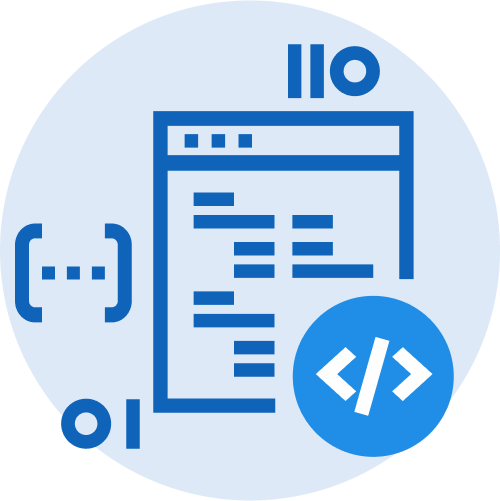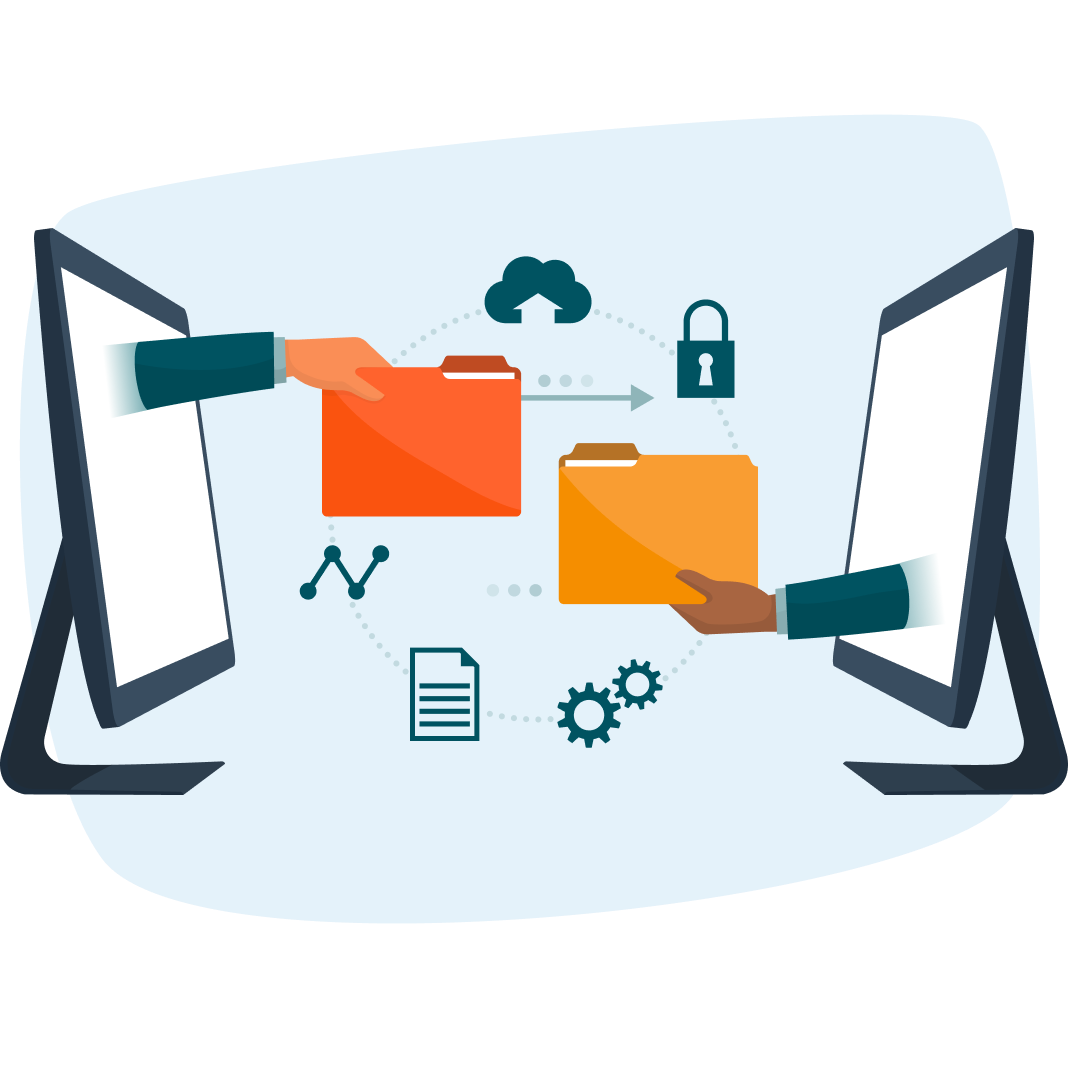Developer Resources
Epic supports a wide variety of data exchange technologies. This guide provides an overview of the options to work with Epic, types of data exchange technologies, and processes for taking your app from a concept to live with an Epic customer.
Things to be aware of while planning your data sharing strategy with Epic customers:
Connect Directly to Each Epic Customer
Epic uses a federated model: every customer runs their own independent Epic instance and decides which apps can connect. There is no central Epic endpoint. To exchange data with organizations using Epic, you'll need to establish connections directly with individual organizations. Epic provides the software platform and standard APIs, while customers control how and with whom they connect.

Build and Deploy Connections Using Self-Service Tools
Epic is vendor-neutral, and no special relationship is required to develop or deploy an app. Using Open.Epic's standards-based tech, developers can use public documentation, sandbox, self-service tools to register apps, connect to customer systems, and go live – all without needing Epic's involvement.

Get Support If You Need It
Contact us via the Technology Guidance form if you need broad guidance on what technology to use. Visit our Developer Support page for information on the resources and programs available to assist you, such as Vendor Services. Products in specific categories can receive the Toolbox designation and additional support services.

For additional recommendations about how to work with an Epic community member to develop your product's connection to Epic, see our Strategies to Effectively Collaborate page.
Epic's Developer Guide
Depending on the technologies used, most applications will require a client ID that is issued from Epic. Developers may obtain client IDs from open.epic.com. Customers may then request that the client ID be synced to their instance, and app developers may directly approve these, without involvement from Epic. Here's a guide to get you started:
-
Data Sharing Design
-
Register a Client Record
-
Develop and Test
-
Customer Implementation
and Going Live -
Request Showroom Listing


1.Data Sharing Design
Start by reviewing Epic's data sharing playbooks, which outline recommended connection practices built on industry-standard, publicly available technologies. These playbooks are a great starting point for products that align with one of the available product categories.
If you are working in another area or innovating with additional technologies, review our data sharing design overview and specifications to find interfaces, APIs, and other tech that meet the needs of your use case.
Finally, healthcare data is inherently sensitive and complex, so we recommend reviewing Epic's developer guidelines to help you ensure that your design meets customer expectations in terms of safety, security, privacy, reliability, scalability, and data integrity.
If you don't find what you're looking for, contact us via the Technology Guidance form.

2.Register a Client Record
The first step in authorizing your product to exchange data with an Epic customer environment is to register the product with Epic. A client ID identifies an associated application requesting access to an organization's Epic environment and tells the system the scope of data that the application is authorized to access. Following these steps, self-service for most use cases, you will add the APIs your product needs, and you will receive a production and non-production identifier (client ID). When creating your app, it's important that you only include the APIs you plan to use in a customer's production system so each customer can assess the security, privacy, and licensing implications of implementing your app.
If you are creating a patient-authorized app, you may have additional client ID creation and distribution options, for example via TEFCA IAS. Review the Automatic Client Record Distribution section of the Patient-Facing Apps Using FHIR tutorial and our Patient-Facing Consumer Health Apps playbook for additional details.



3.Develop and Test
As you begin to develop your app, you can test no-code API calls with the Sandbox through our Try It feature available on many API specifications, query the system from an API client using our Sandbox test patients and endpoints, and then begin to make calls directly from your application code when you're ready. If you plan to have your app launch from Epic, use the SMART on FHIR testing feature to test your app launch via OAuth2. If you are writing a web-based application that you intend to embed in Epic or use technologies to communicate directly with Epic's client application, check out your options for testing connections in Hyperdrive. For more details on testing options, check out our Developer testing page.
When your product is ready to deploy to a customer testing environment, activate the app for customer distribution by marking it ready for production use.

4.Customer Implementation and Going Live
When you've licensed your product directly to a customer, share your client IDs with them and the customer will request the client ID to be delivered to their environments. You will then enable any keys specific to their implementation and the implementation work can begin! Take ownership of your app's success through your collaboration directly with your customer. We recommend a kickoff discussion of your implementation project plan, setting expectations of task ownership and timelines. You'll work to deploy your software, configure and localize your product to the customer's specific workflows and settings, complete non-production testing, and troubleshoot when needed.
If you are deploying an automatically-distributed patient-authorized app, you can connect directly to customer endpoints listed here.
Congratulations on your go-live!



5.Request Showroom Listing
Once your app is live with an Epic customer, you may choose to list your app in Connection Hub on Showroom. This optional app listing can add visibility to your product, but it is not needed for additional customers to connect with your product; subsequent customers can also follow step 4 above.
Additionally, if you choose to create a press release, web page, social media post, or other marketing materials about your app and mention your connection with Epic, keep these guidelines in mind to help you accurately represent your relationship with Epic.
